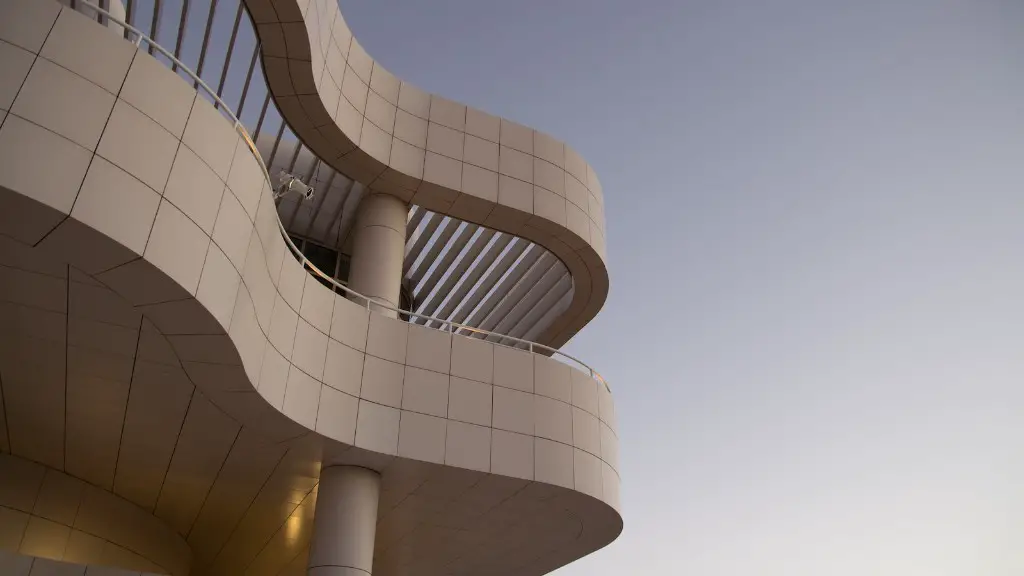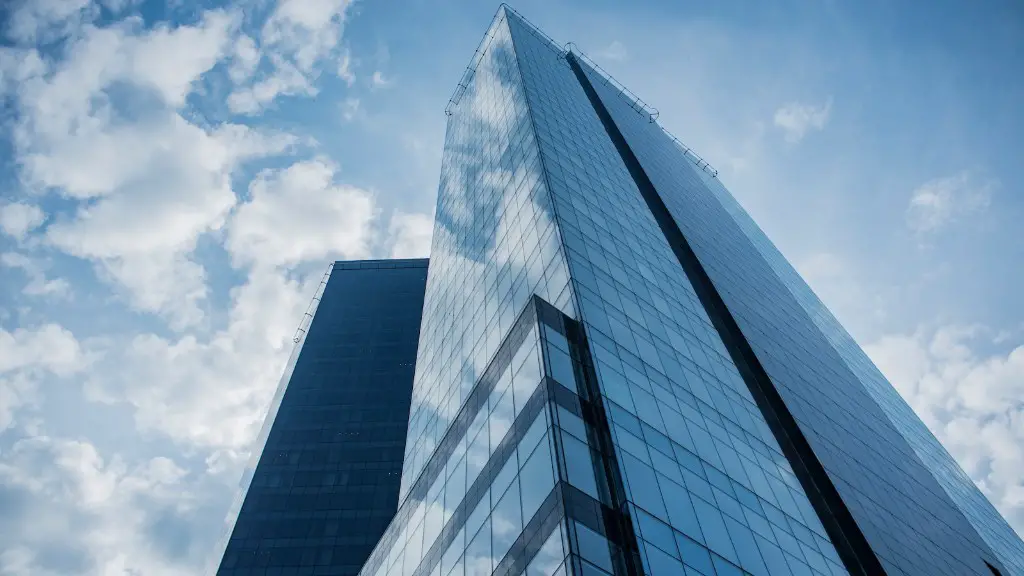Architecture in Ireland has gone through drastic changes throughout the years, with more modern and industrial approaches being increasingly dominant in recent decades in the country’s cities. Irish heritage and culture have long been associated with the great diversity of architectural styles and the intricacy of design that can be seen in many of its older buildings. Unfortunately, a combination of urban development, population growth, and tourism have all had a dramatic impact on the traditional nature of architecture in Ireland, making it more difficult to keep alive the lost tradition of craftsmanship and distinctiveness that once defined the Irish style.
Irish architecture is, on average, characterised by a preference for low-rise structures which often feature exposed natural stone façades and decorative accents, such as ironwork, slate roofs and casement windows. Many of the oldest Irish buildings were constructed using traditional dry stone walling; a technique which is thought to have been introduced to the region by the Celts in around 5000BC. This type of walling requires no mortar or additional blocks; instead, the stones are shaped and placed carefully on top of one another until a structure is built.
The Tower Houses of Ireland, have been amongst some of the most iconic and recognisable traditional buildings from the country. Often taking on a somewhat intimidating yet distinctive appearance, these houses were built by Irish land-owning families in the late 12th Century to show off their wealth and power status.
Despite their significant history, it is sad that these types of architectural wonders are becoming increasingly rare in modern day Ireland. With the growth of urban sprawl, the need for more housing and rapid population growth, traditional style architecture is being pushed out and replaced with modern, functional structures. Although these more industrial sites serve an important purpose, they often lack the individuality and beauty of older buildings.
There have been multiple attempts to slow this turning of the tide, with the Government introducing a number of schemes to incentivise the restoration of heritage-listed sites and building conservation. This, combined with the rise of ‘ecology tourism’ has increased awareness around the issue and improvements are slowly being made to keep the Preservation of Traditional Architectural Styles alive. Nonetheless, there is still more work to be done to ensure that the nature of Irish architecture continues to be passed from generation to generation.
The Impact of Tourism on Traditional Architecture
Tourism has long been a powerful economic force in Ireland and continues to be today, particularly with the rise of ‘staycationing’ and social media channels, like Instagram, highlighting and promoting picturesque destinations from around the country. As a result, the demand for modern amenities and infrastructure, such as hotels and leisure facilities, has increased; creating a conflict between the old and new. While tourism can help to bring economic wealth to the area and help turn a profit, this often comes as a cost to the traditional architecture.
Development of luxury resorts and modern tourist hotspots has had a big impact on smaller Irish towns and villages, with more industrial structures and design being introduced. This has, unknowingly, caused some uniquely Irish sites to be lost in the new developments and shifted the emphasis over more modern design styles rather that traditional ones.
Remnants of the past can still be seen throughout the country, with hundreds of traditional Irish buildings still standing – a testimony of the past. New movements and initiatives, like the Heritage Council have also been introduced, aiming to help preserve and celebrate these iconic sites as part of Ireland’s national identity.
In order to maintain this link to the past and ensure that the unique beauty and charm of these unique styles remain in Irish architecture, it is vital that local communities have their voice heard in conversations about development and preservation. Allowing the public to have a say in the decision-making process and help make environmental decisions for their areas can help protect this lost tradition and make the future of Irish architecture somewhat more certain.
The Education of Young Architects
In order to keep alive the lost tradition of craftsmanship and distinctiveness that once defined the Irish style, it is important to also educate and inspire the younger generations. Education plays a vital role in the future of Irish architecture, as well as the implementation of a wide range of green infrastructure and sustainability standards. Teaching young architects how to look at the environment around them and appreciate the intricate details and shapes of traditional designs can be a powerful way to pass down this knowledge and create a more socially and environmentally aware next generation.
The Dublin Institute of Technology (DIT) has been a pioneer in the Irish architectural education field, offering a range of courses which cover many traditional elements of design. The training focuses not only on modern design techniques and technologies, but also on the history of Irish architecture, with courses covering topics such as the vernacular, traditional building materials and Craftsmanship. A world-renowned Architectural Conservation course provided by the institution also provides students with the opportunity to explore practical and theoretical aspects of Conservation and Heritage Management.
The Royal Institute of the Architects of Ireland (RIAI ) also provide students with an insight into traditional Irish architecture through their conservation courses, preparing the future generations for the task of protecting and preserving architectural heritage in Ireland. The college has strong connections with the government and plays an integral part in the decision-making process in areas such as planning, investment and development.
Furthermore, universities and colleges around the country are introducing workshops which link art and design subjects with current conservation techniques and practices. This allows students to gain an understanding of the importance of traditional architecture and the vernacular context, while also providing insight into how to implement conservation projects in the future. Put together, these initiatives create a strong platform through which young leaders can be educated and inspired to take an active role in ensuring the preservation of Ireland’s traditional style of architecture.
Urban Planning and Preservation
The protection of the Irish architectural heritage requires considerable foresight and thoughtful planning of the urban landscape. Urban development and population growth can have a profound impact on local sites, creating more of a need for public spaces and infrastructure. If not planned and managed correctly, these transformations can threaten the permanence and significance of a traditional architectural site, damaging its uniqueness and character.
The Irish Government have taken multiple steps to try and reduce the risk of significant sites being destroyed in the development process. Conservation Management Plans are one example of this, with these plans often requiring for an Environmental Impact Assessment, conducted by an ecological consultant, to be submitted alongside them before any works can take place.
These plans act as a form of urban conservation – ensuring that the environment is constantly considered when development takes place and providing a framework in which traditional architectural sites can be preserved. With proper management, this is a great way to protect the beauty of older buildings in the region and preventing them from fading into the background and being overlooked.
The introduction of urban renewal schemes into Irish cities is also paying off, with communities rejuvenating old buildings and transforming them into modern hubs. In Dublin, the regeneration and refurbishment of old buildings has helped to minimise the need for more housing, while also creating jobs, increasing tourism, and preserving the city’s history.
Cities like Cork and Galway are also making use of these urban designs, transforming local architecture centres into cultural centres and help maintaining the link to old Irish customs and heritage. These regeneration projects have been recently praised by Irish architects who, in recent years, have recognized the important role the traditional nature of Irish architecture plays in the culture and history of the country.
Suggested Strategies for the Revival of Irish Architecture
The balance between modernity and tradition has been a key challenge in Ireland for some time. Without proper management, urban development and rapid population growth can continue to have a major impact on the traditional nature of architecture in Ireland and take away from its unique charm and character.
In order to combat this shift and protect Ireland’s architectural heritage, there are a number of strategies which can be adopted to help keep the lost tradition of Irish architecture alive. Examples of these include: the establishment of conservation plans and green infrastructure strategy; the introduction of green urban spaces and communities; public-private outreach and cooperation; education and training of future architects; localised building conservation initiatives; and a review of town and city plans.
All of these projects should be supported by collaborative efforts between the government, local communities and private organisations in order to restore the lost tradition of Irish architecture while also considering current populations needs and the environment. If done correctly, preservation projects of this calibre could help keep Ireland’s architectural heritage alive for many years to come.





